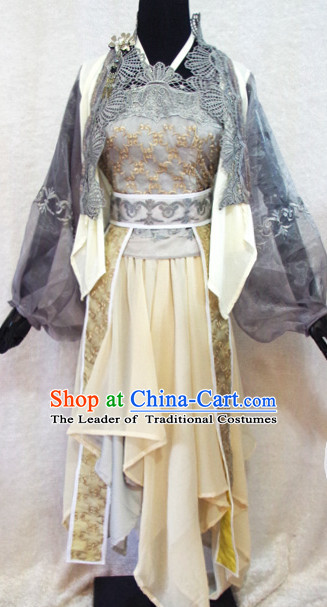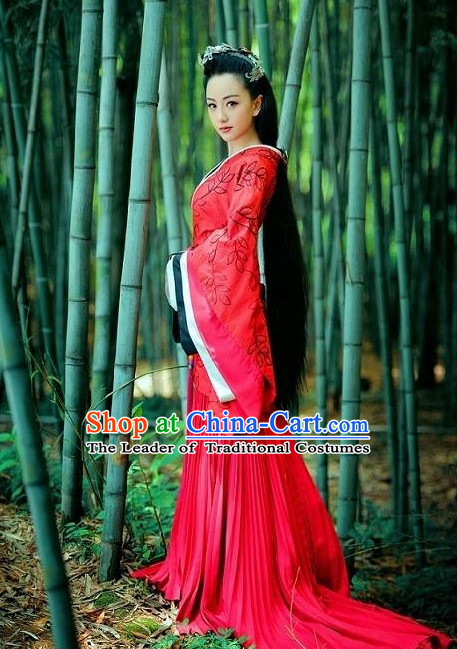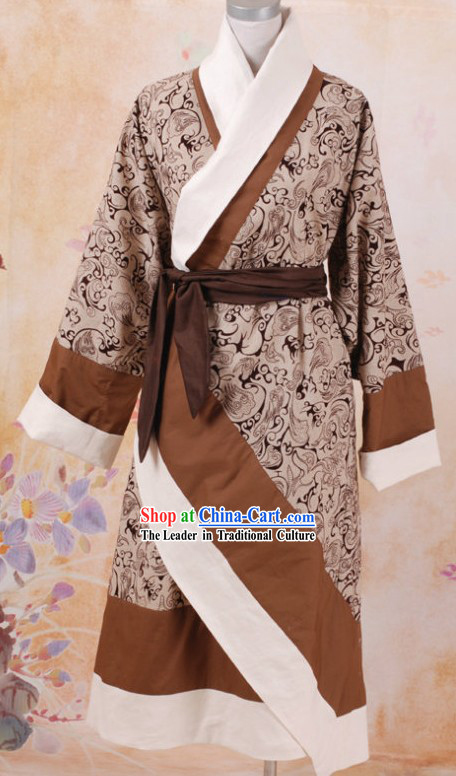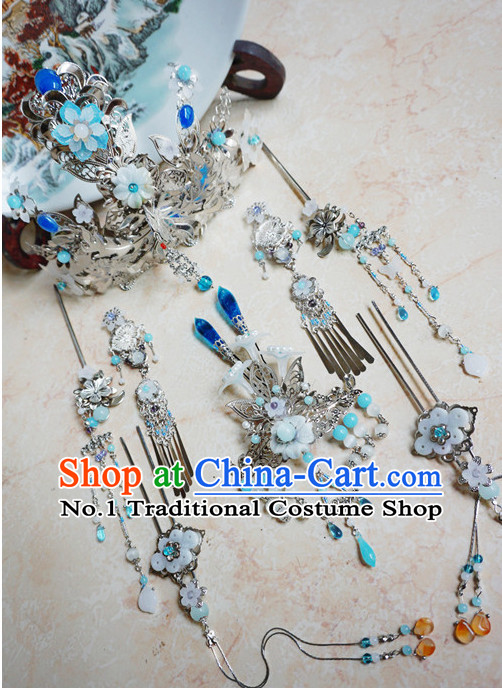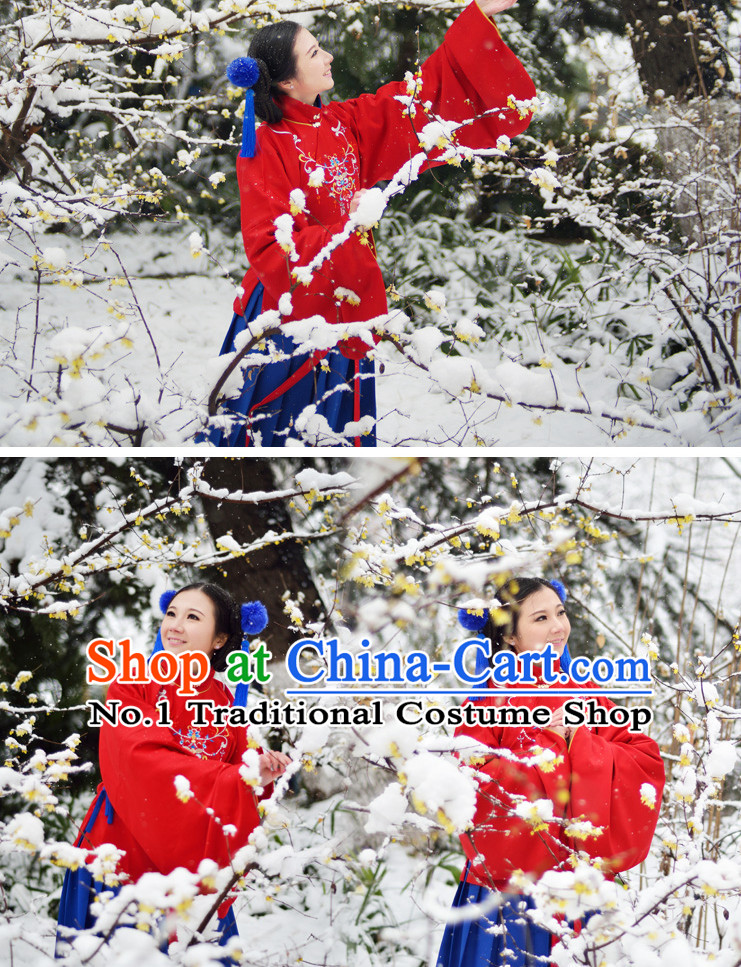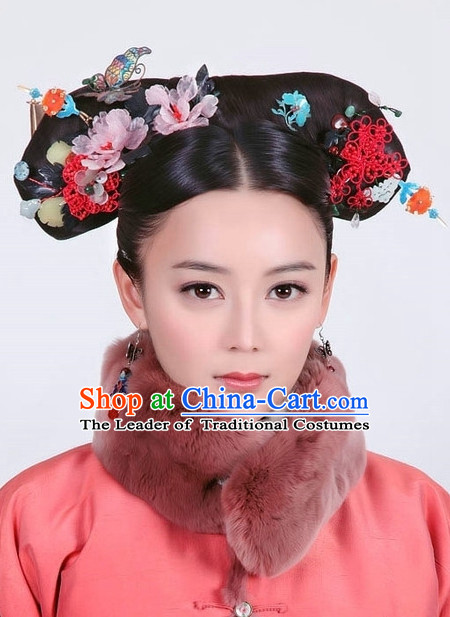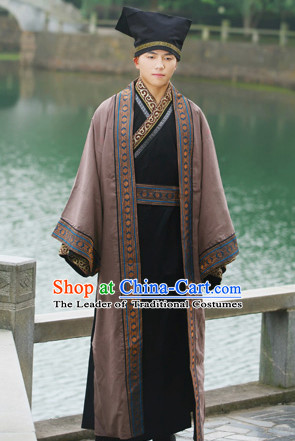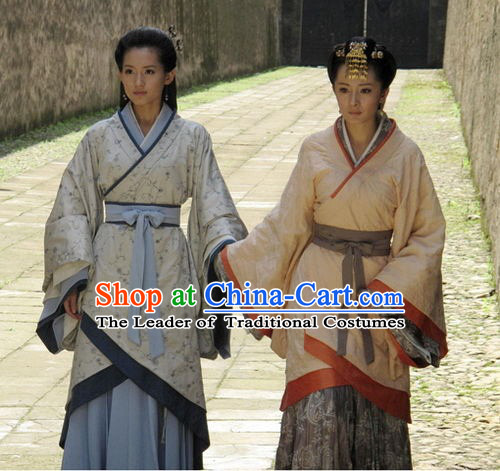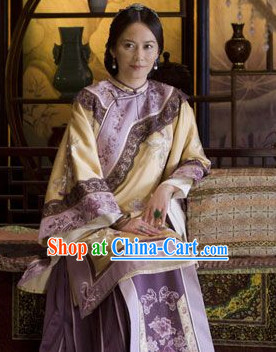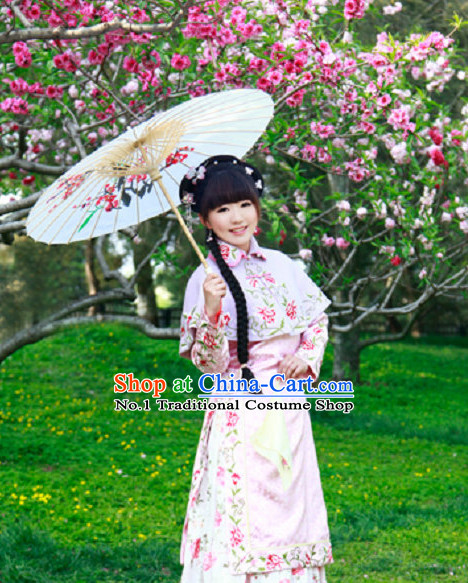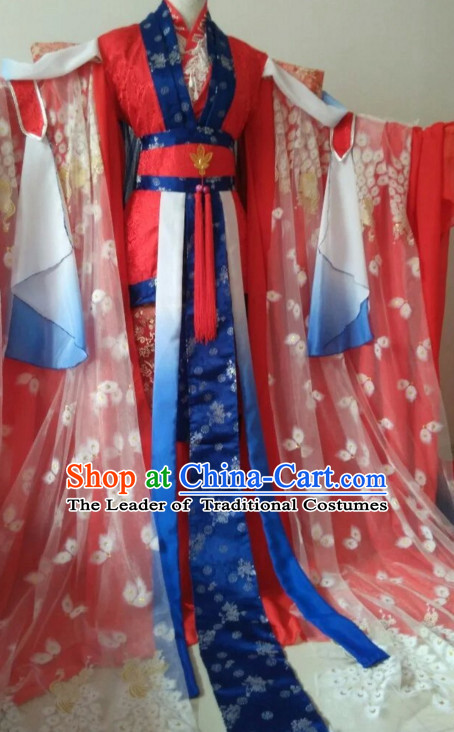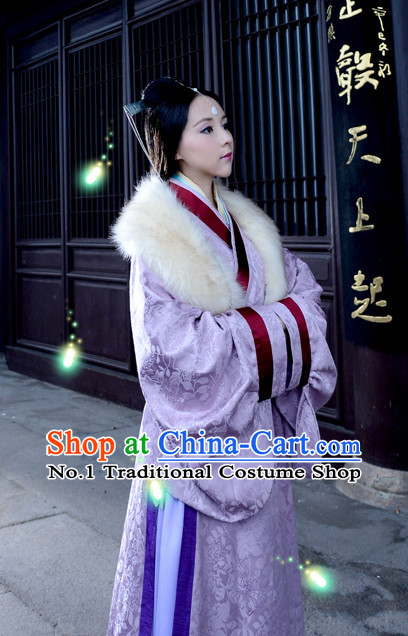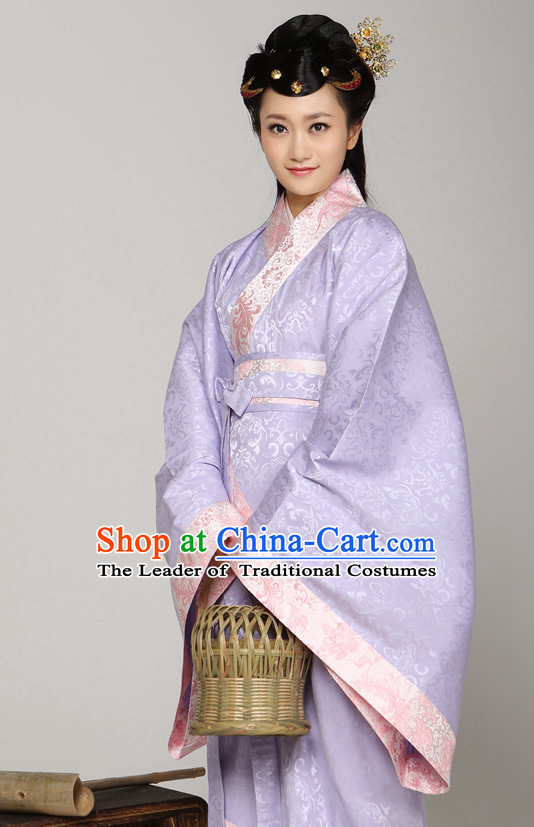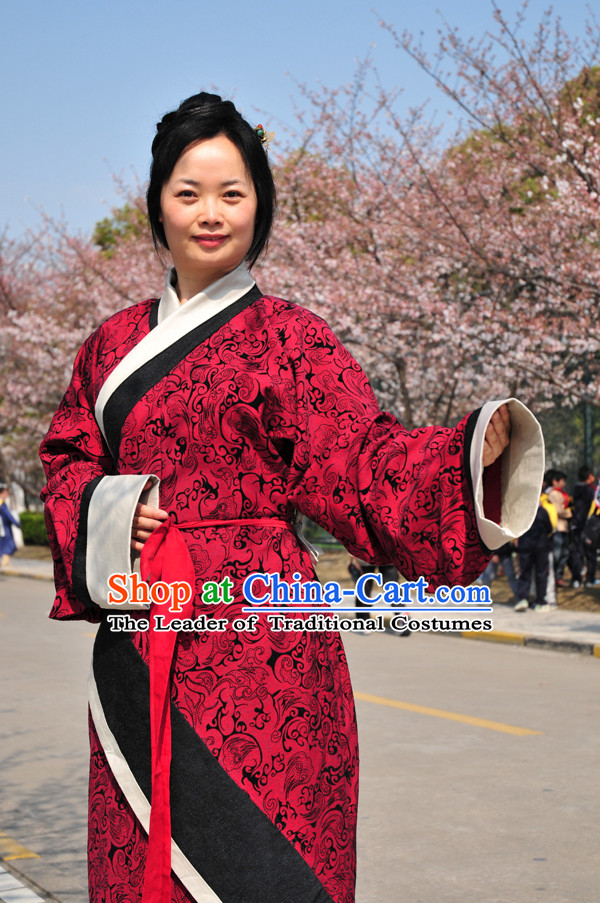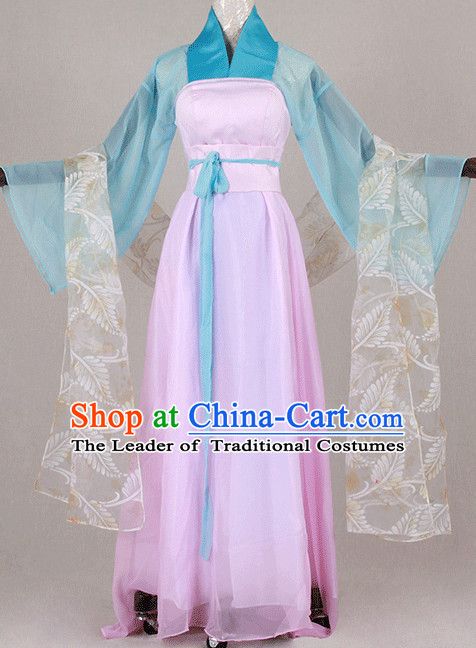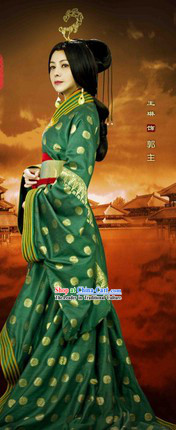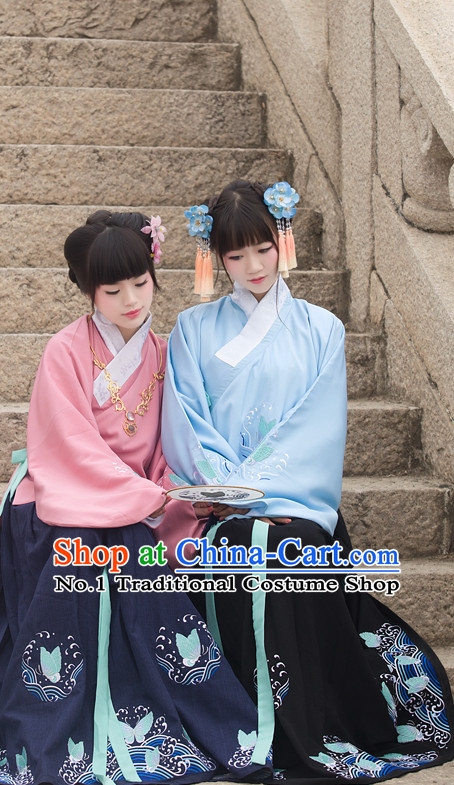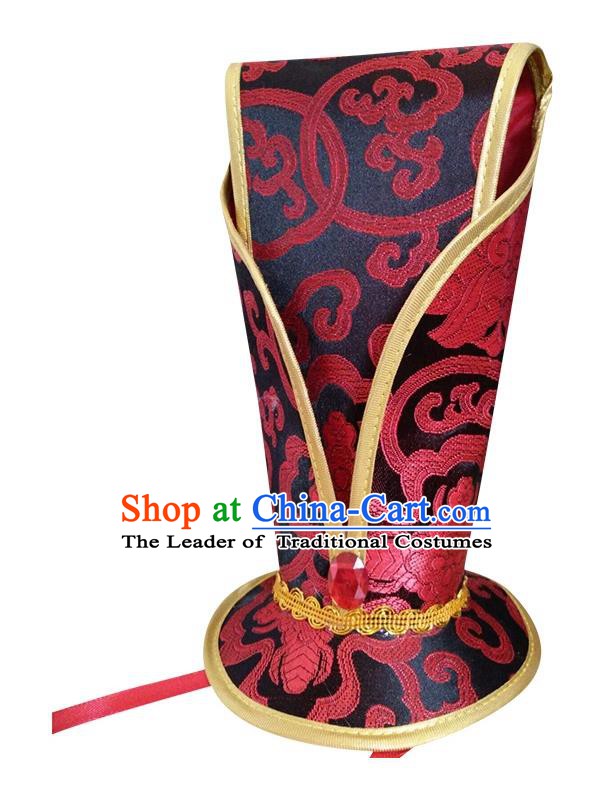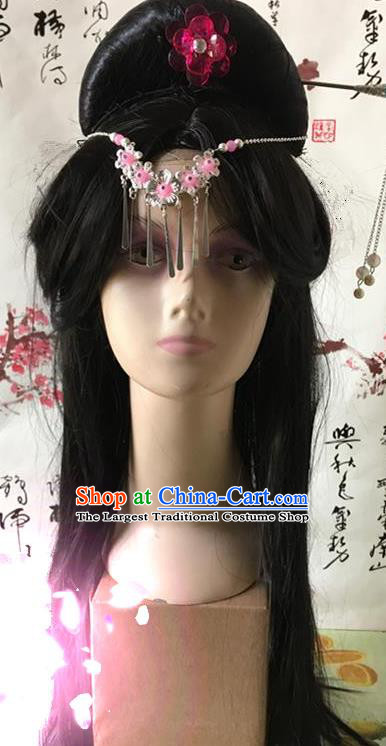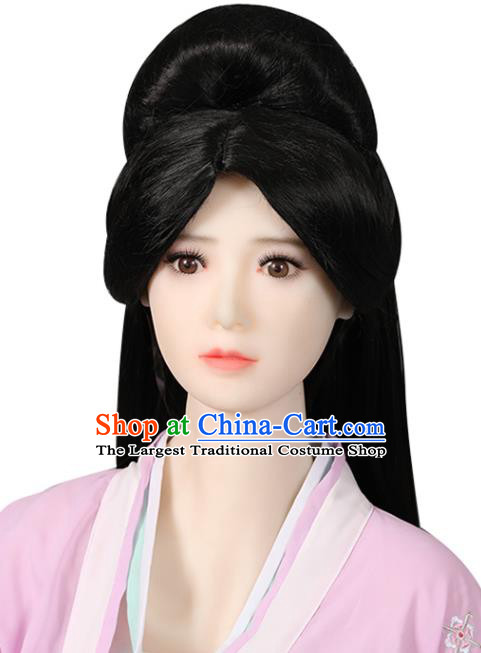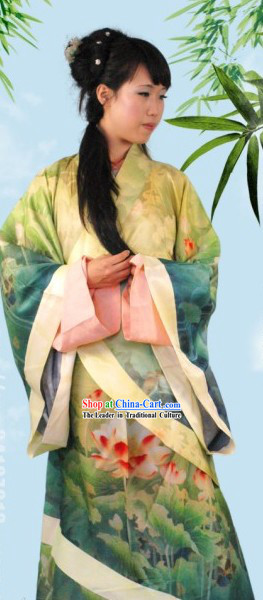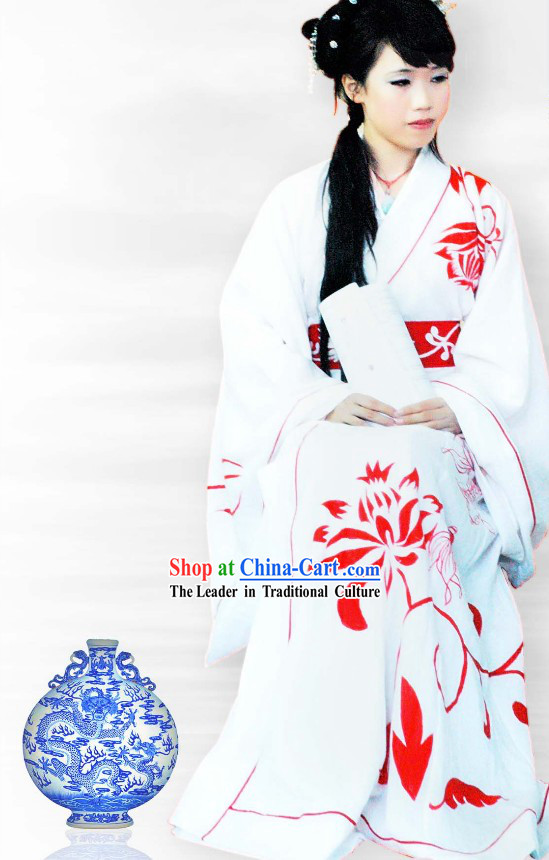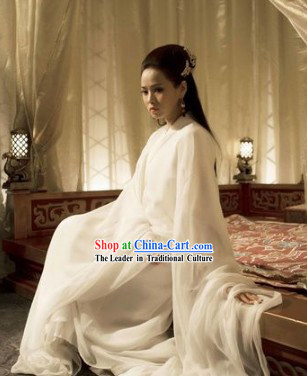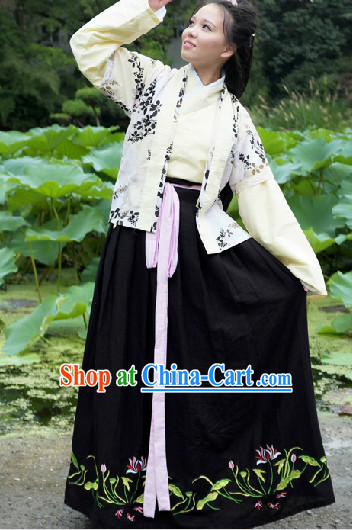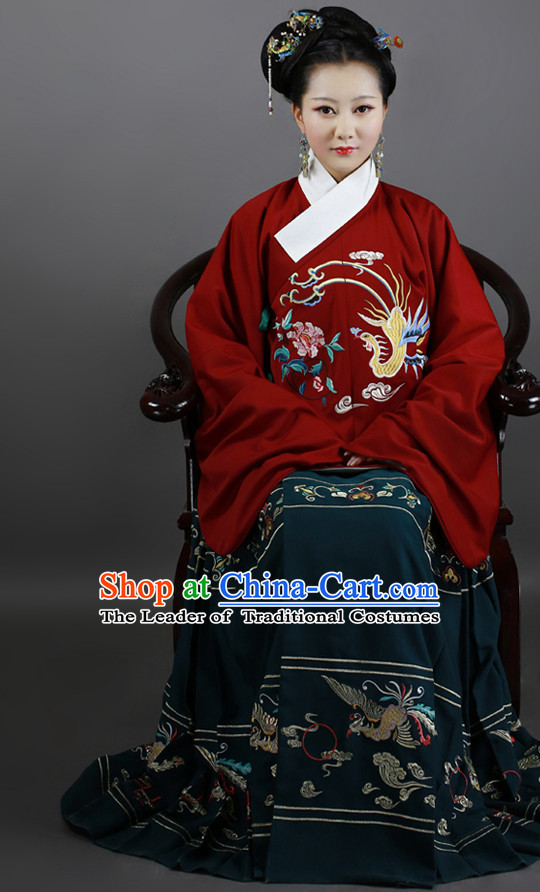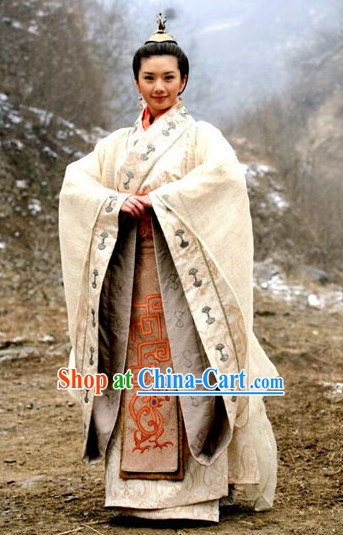
Click Related Pictures for More Audios:
The Chinese Hanfu, also known as the traditional clothing of the Han ethnic group, carries the historical and cultural heritage of the Chinese nation.
It is an essential component of China's traditional culture, representing its unique design, exquisite craftsmanship, and rich cultural significance.
The Hanfu has become one of the most important representatives of world cultural heritage due to its distinctive features.
The history of Hanfu can be traced back to the Qin Dynasty in 206 BC when it became popular during the reign of Emperor Wu of Han.
The design of Hanfu emphasizes comfort and looseness while paying attention to ergonomics and natural beauty.
Its colors are primarily red, yellow, green, blue, and white, symbolizing good fortune, harmony, and beauty.
The patterns and decorations on Hanfu are also exquisite, often featuring dragons, phoenixes, clouds, flowers, and other elements that represent auspiciousness, wealth, and honor.
Hanfu dressing requires careful consideration of different occasions and social statuses.
For example, there are specific ways to dress for official attire, formal wear, and everyday wear.
Additionally, Hanfu accessories are diverse and include hairpins, headwear, earrings, necklaces, bracelets, and more.
Each accessory carries profound cultural connotations and historical significance.
In conclusion, the Chinese Hanfu is a traditional costume with rich cultural significance and historical meaning.
It not only represents China's traditional culture and spiritual outlook but has also become an essential representative of world cultural heritage.
By appreciating and learning about Hanfu, we can better understand the essence and charm of China's traditional culture and inherit and promote the outstanding cultural traditions of the Chinese nation.
